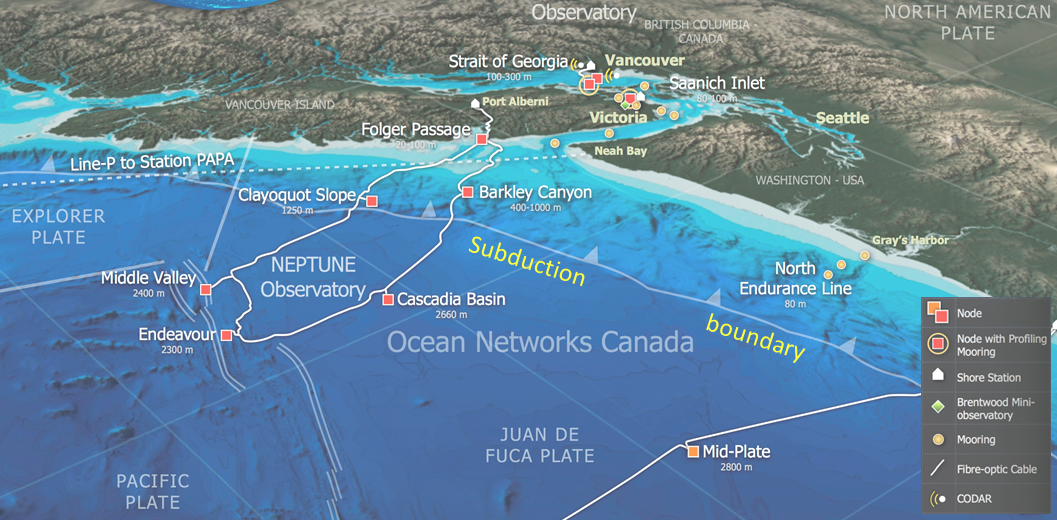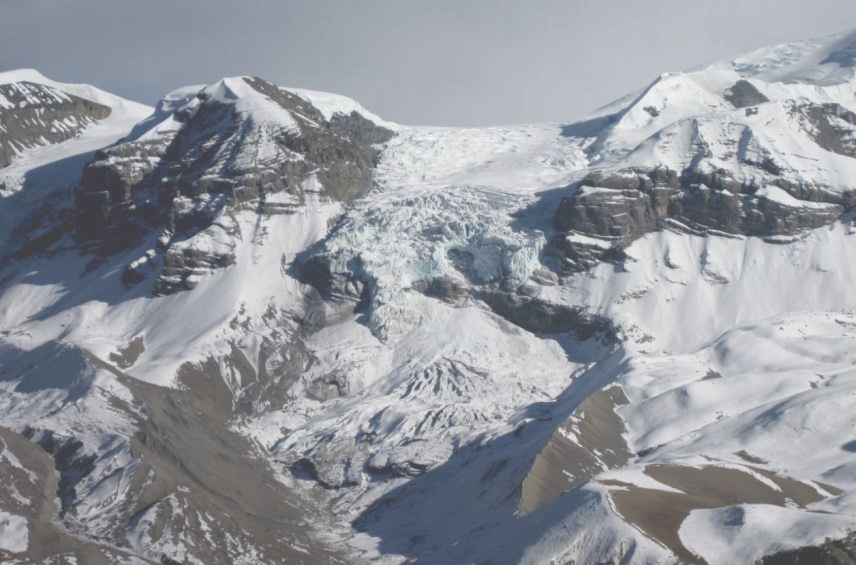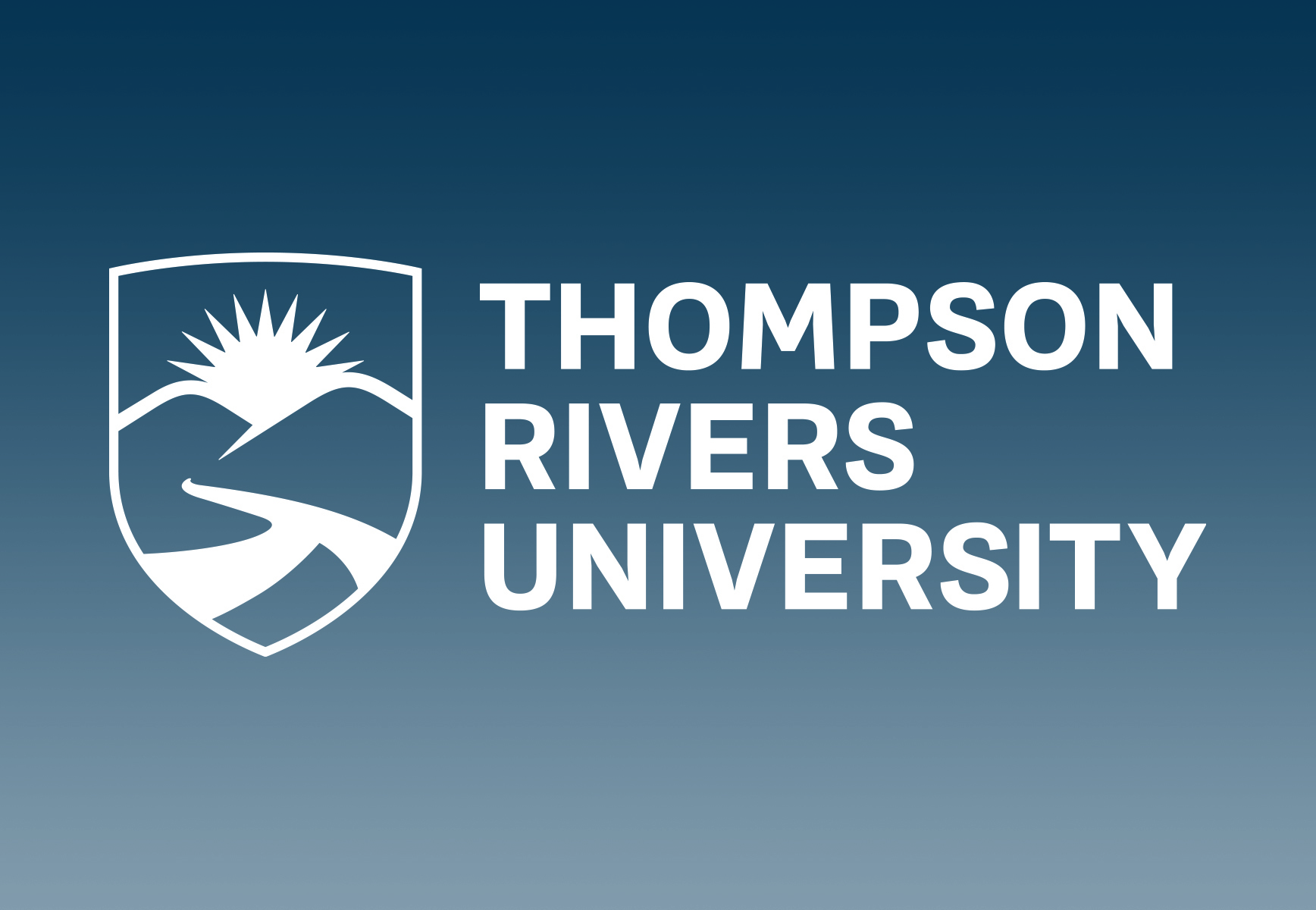Table of Contents
Topics and Learning Outcomes
| Topics | After reading this unit and completing the assigned readings in Physical Geology and the associated exercises and questions, you should be able to: |
| 3-1 Earth’s Interior | 1. Describe the compositions and characteristics of the main layers of the Earth. 2. Explain the nature of seismic wave motion through the Earth, and how we can use seismic wave properties to understand the Earth’s interior. 3. Explain the origin of the Earth’s magnetic field, and discuss the nature of variations in this field. 4. Describe how the crust has an isostatic relationship with the mantle, and explain the implications of that relationship. |
| 3-2 Plate Tectonics | 5. Summarize some of the important geological advances of the 20th century that provided the evidence for the acceptance of the theory of plate tectonics. 6. List the Earth’s important plates, and describe their extent. 7. Describe the mechanisms for plate movement. 8. Describe the geological processes that occur at plate boundaries. |
| 3-3 Earthquakes | 9. Discuss the principle of elastic deformation and how it applies to earthquakes. 10. Explain the relationship between stress transfer and aftershocks. 11. Distinguish between earthquake magnitude and intensity, and explain how these parameters are measured. 12. Describe the effects of earthquakes in the context of risk to humans and damage to property, and explain how individuals can prepare for an earthquake. |
Readings
Read Chapters 9 to 11 in Physical Geology.


